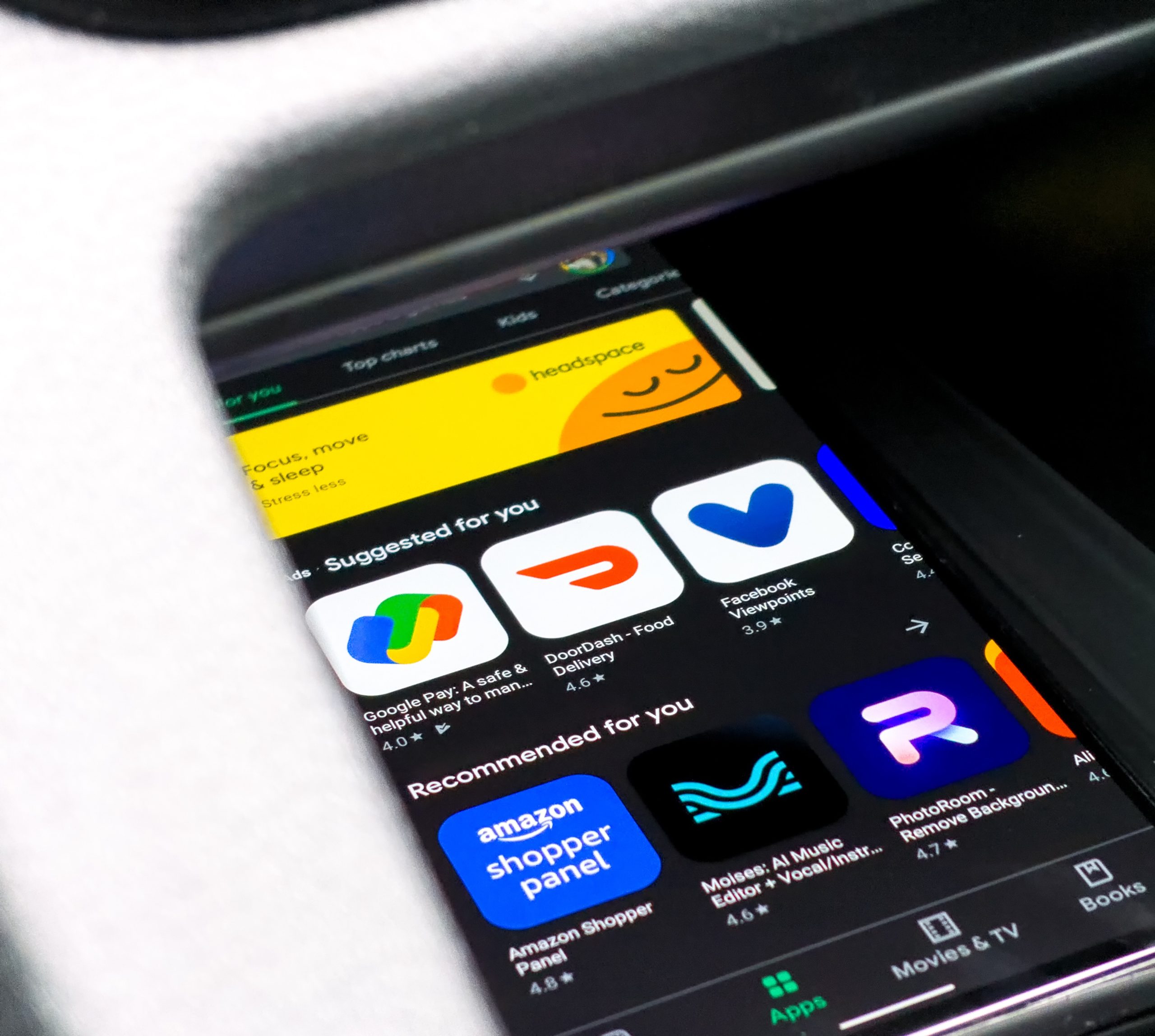App Store Optimization: Top Key Metrics to Monitor

The App Store is a powerful tool for app developers to reach their target audience. Optimizing the App Store can help boost an app’s visibility and increase downloads. To make sure that the App Store optimization efforts are successful, it is important to monitor certain key metrics. This article will explore the top key metrics that should be monitored in order to ensure effective App Store optimization. Through understanding these metrics, developers can better understand their audience and optimize their apps accordingly.

Metric #1: App Downloads
App downloads are one of the most important metrics to track when it comes to app store optimization. As a copywriting assistant, it is crucial to understand how these downloads can be influenced by various factors such as app title, description, and keywords. App downloads are a direct indicator of user acquisition and engagement with an app.
To increase app downloads, developers need to ensure that their apps have a compelling value proposition that resonates with their target audience. This can be achieved through effective messaging in the app’s title and description. Additionally, optimizing for relevant and high-volume keywords can help improve visibility in the app store search results.
However, simply driving more downloads does not necessarily equate to success. It is equally important for developers to monitor user retention rates and engagement levels after the initial download. By tracking these metrics over time, developers can identify areas where they may need to make improvements or adjustments in order to build long-term user loyalty and drive continued growth for their apps.
Metric #2: Retention Rate
Retention rate is one of the most important metrics to monitor when it comes to app store optimization. This metric measures how many users are returning to your app after their first visit. In other words, retention rate shows you how sticky your app is and whether or not users find enough value in it to keep coming back. High retention rates generally indicate that users are satisfied with your app and are more likely to become loyal customers.
There are several ways to improve retention rates for your mobile app. One approach is through push notifications, which can be used to remind users about new features and content within the app. Another strategy is through personalized recommendations based on user behavior and preferences. By providing relevant content tailored specifically for each individual user, you can increase engagement and ultimately drive higher retention rates.
Overall, tracking retention rate is crucial for understanding user behavior and optimizing the performance of your mobile app. With this metric in mind, you can make data-driven decisions that will help improve engagement, loyalty, and overall success of your business.

Metric #3: Reviews & Ratings
Reviews and ratings are crucial metrics in app store optimization. They provide valuable feedback from users that can help developers improve their apps. Reviews give insights into what users like or dislike about the app, while ratings provide an overall assessment of its quality. High ratings and positive reviews increase the likelihood of downloads and installs, as they help to build trust and credibility.
Monitoring reviews and ratings is essential for keeping track of user feedback over time. It allows developers to identify trends in user sentiment and address any issues that arise promptly. Responding to negative reviews is also a critical component of managing reviews effectively. By acknowledging user concerns publicly, developers can demonstrate their commitment to improving the app’s quality.
In summary, reviews and ratings are powerful metrics for understanding how users perceive an app on the app store. Regular monitoring, analysis, and response can lead to better engagement with users, increased downloads, improved reputation management, and ultimately higher revenue potential for developers.

Metric #4: User Acquisition Cost
User acquisition cost (UAC) is a crucial metric for any business, especially for those that operate in the digital space. UAC refers to the amount of money spent on acquiring each new user or customer for a particular app. This metric is vital as it helps businesses to understand how much they need to spend on marketing and advertising campaigns to attract new users and retain existing ones.
By monitoring UAC, businesses can make more informed decisions about their marketing budgets and strategies. For example, if the UAC is high, it may indicate that the business needs to revisit its targeting strategy or optimize its ad campaigns. On the other hand, if the UAC is low, it may mean that the business has targeted its audience well or has optimized its ad campaigns effectively.
Overall, user acquisition cost plays a critical role in determining an app’s profitability and success. By analyzing this metric regularly and making adjustments accordingly, businesses can ensure that they are attracting new users at an optimal cost while maximizing revenue from existing ones.
Metric #5: Conversion Rate
Conversion rate is one of the most important metrics to track in app store optimization (ASO). It measures the percentage of users who install your app after viewing it on the app store. A high conversion rate indicates that your app’s listing is convincing and appeals to its target audience. On the other hand, a low conversion rate suggests that there might be issues with your app store listing or marketing strategy.
To improve your conversion rate, you should ensure that your app’s icon and screenshots are visually appealing and reflective of what your app does. Your title and subtitle should also accurately describe what your app offers, while using relevant keywords that people are likely to search for. Additionally, you can add videos to showcase how your app works or create demo versions to let users test out its features before installing.
It’s important to keep in mind that improving conversion rates takes time and experimentation. It requires a continuous effort towards optimizing all aspects of an ASO strategy including metadata, visuals, pricing strategy etc., but tracking this metric over time will give you valuable insights into what changes work best for driving user engagement with your product on mobile devices like smartphones or tablets!
Conclusion: Monitor Key Metrics
In conclusion, monitoring key metrics is crucial to the success of any App Store Optimization (ASO) strategy. The first metric that should be monitored is the number of downloads. This metric provides insights into how many people are interested in your app and can help you determine whether your ASO efforts are effective or not.
Another important metric to track is the retention rate. Retention rate measures how many users continue to use your app after downloading it. A high retention rate indicates that users find value in your app and are likely to recommend it to others.
Lastly, monitoring user reviews and ratings can provide valuable feedback for improving your app’s performance and addressing any issues that users may be experiencing. Engaging with users through responding to their comments and making changes based on their feedback can also lead to increased user loyalty and further organic growth. Overall, consistently monitoring these key metrics will help ensure the long-term success of your app in the App Store.



